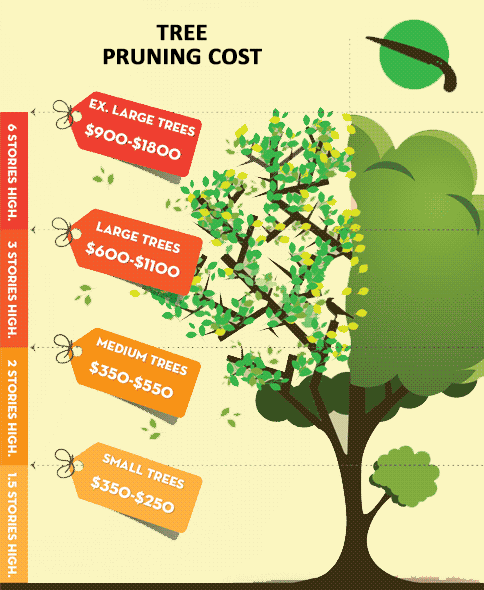Trimming At The Correct Time And With The Appropriate Method Can Change Your Trees-- Discover How To Optimize Their Growth Prospective
Trimming At The Correct Time And With The Appropriate Method Can Change Your Trees-- Discover How To Optimize Their Growth Prospective
Blog Article
Material Create By-Warren Olson
When it involves seasonal tree trimming, timing and strategy are essential for your trees' health and development. You may be shocked at how much a straightforward cut can urge brand-new life. Recognizing when to read this post here versus flowering ones can make all the difference. However it's not practically when; it's likewise about how you do it. Let's check out the most effective practices to guarantee your trees thrive.
Understanding the Best Seasons for Tree Trimming
When's the very best time to trim your trees? The answer lies in comprehending the periods. Late winter months to early spring is typically ideal, as trees are still inactive. This timing minimizes stress and anxiety and advertises healthier growth when they awaken.
However, if you're dealing with flowering trees, take into consideration trimming right after their blossoms discolor. This guarantees you will not cut off next year's blossoms.
In summer season, light cutting can help keep form and get rid of any dead or unhealthy branches. Stay clear of heavy trimming during fall, as trees are preparing for dormancy and could have a hard time to recover.
Ultimately, recognizing your tree types and regional climate will lead your cutting routine. Choose carefully, and your trees will certainly grow perfectly year-round.
Important Pruning Techniques for Healthy And Balanced Trees
Pruning your trees successfully is critical for their health and wellness and longevity. Beginning by using tidy, sharp tools to make precise cuts, which assists avoid damages and condition.
Focus on getting rid of dead, harmed, or going across branches initially; this motivates better air movement and sunshine infiltration. When cutting, go for an angle that promotes recovery and decreases the risk of rot. Always prune simply outside the branch collar, the inflamed location where the branch fulfills the trunk, to enhance recuperation.
For young trees, shape them by precisely pruning to develop a solid structure. Ultimately, avoid over-pruning; removing way too much vegetation can emphasize your tree.
Common Mistakes to Avoid When Pruning
Many homeowners make crucial mistakes while pruning their trees, which can lead to lasting damages.
see this page is over-pruning, where you eliminate too many branches at once. This can worry the tree and hinder its development.
Another blunder is utilizing dull tools; sharp, clean devices make cleaner cuts that recover quicker.
Do not forget to trim at the incorrect time of year; winter months is often best for several species, while summer season is optimal for others.
Also, stay clear of reducing branches also close to the trunk or leaving stubs, as both can invite pests and illness.
Finally, failing to step back and examine the tree's total form can lead to irregular development.
Keep these mistakes in mind for healthier, flourishing trees!
Conclusion
To conclude, seasonal tree trimming is essential for your trees' wellness and growth. By pruning at the correct times-- late winter season for dormant trees and right after flowers for blooming selections-- you'll motivate lively foliage and blossoms. Keep in mind to use clean, sharp tools and follow proper strategies to prevent damages. Avoid heavy pruning in the autumn and remain free from usual blunders. With these suggestions in mind, you'll keep your trees growing all the time!
